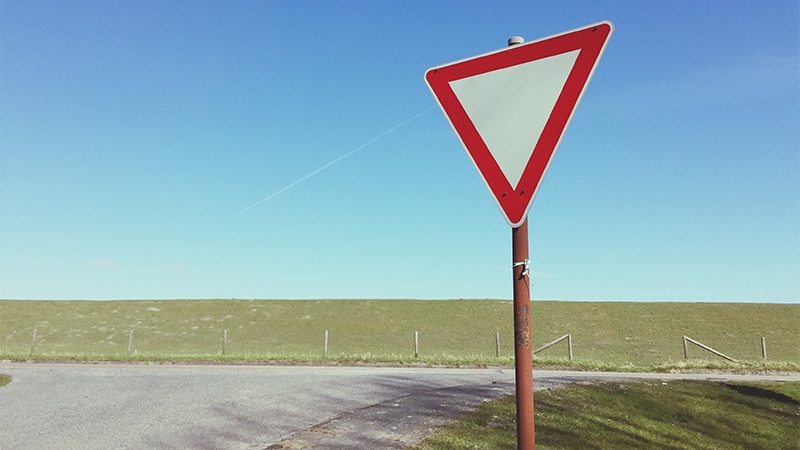Why this yield curve may not signal a U.S. recession


The US yield curve inversion widened last week to a level not seen since 1981. In a newly published report, Goldman Sachs Research’s economists question the predictive power of this longtime recession indicator and argue why this time might be different.
The yield curve is the difference between yields of longer-term (for example 10-year) and shorter term (such as two-year) US Treasuries. Typically, long-term yields are higher because investors demand higher rates to compensate for future uncertainty. But it’s been the opposite since the middle of last year, which traditionally has been seen as a sign that investors anticipate an economic downturn that will damp inflation. That inversion became more pronounced last week, when the 10-year yield fell to more than 0.85 percentage point below the two-year, marking the widest spread in more than four decades.
What’s causing the inversion and why does it not necessarily portend a recession? Goldman Sachs economists Praveen Korapaty and William Marshall write that investors appear to be pricing in secular stagnation – an economy marked by low growth and low interest rates – and that real rates will revert to levels that presided before the global COVID-19 pandemic as the Federal Reserve begins to relax policy restriction.
“A large part of the inversion seen in current US yield curves comes not from high recession odds or inflation normalization, but rather from low long-run real rate levels,” the economists write. “Investors appear to be wedded to the secular stagnation... view of the world from the last cycle.”
That’s not their view, though. Korapaty and Marshall argue that today’s economy is stronger than many are giving it credit for, and that the current extent of the yield-curve inversion may be short-lived. “We believe this cycle is different with an economy that can support a higher long-run real rate than currently assumed,” the authors say.
The authors note that the US growth outlook continues to improve. Earlier this month, Goldman Sachs Research lowered its odds of a recession in the next 12 months from 35% to 25%, citing persistent strength in the labor market and early signs of improvement in business surveys. If the economy continues to prove resilient, investors will likely update their forecasts and build in expectations for higher long run rates, resulting in a more modest yield curve inversion.
“We think that the extent of inversion … is unlikely to persist,” the authors write. “Our expectation is that this moderation will be achieved in part by an upward reassessment of long-run real rates .”
Our signature newsletter with insights and analysis from across the firm
By submitting this information, you agree that the information you are providing is subject to Goldman Sachs’ privacy policy and Terms of Use. You consent to receive our newletter via email.